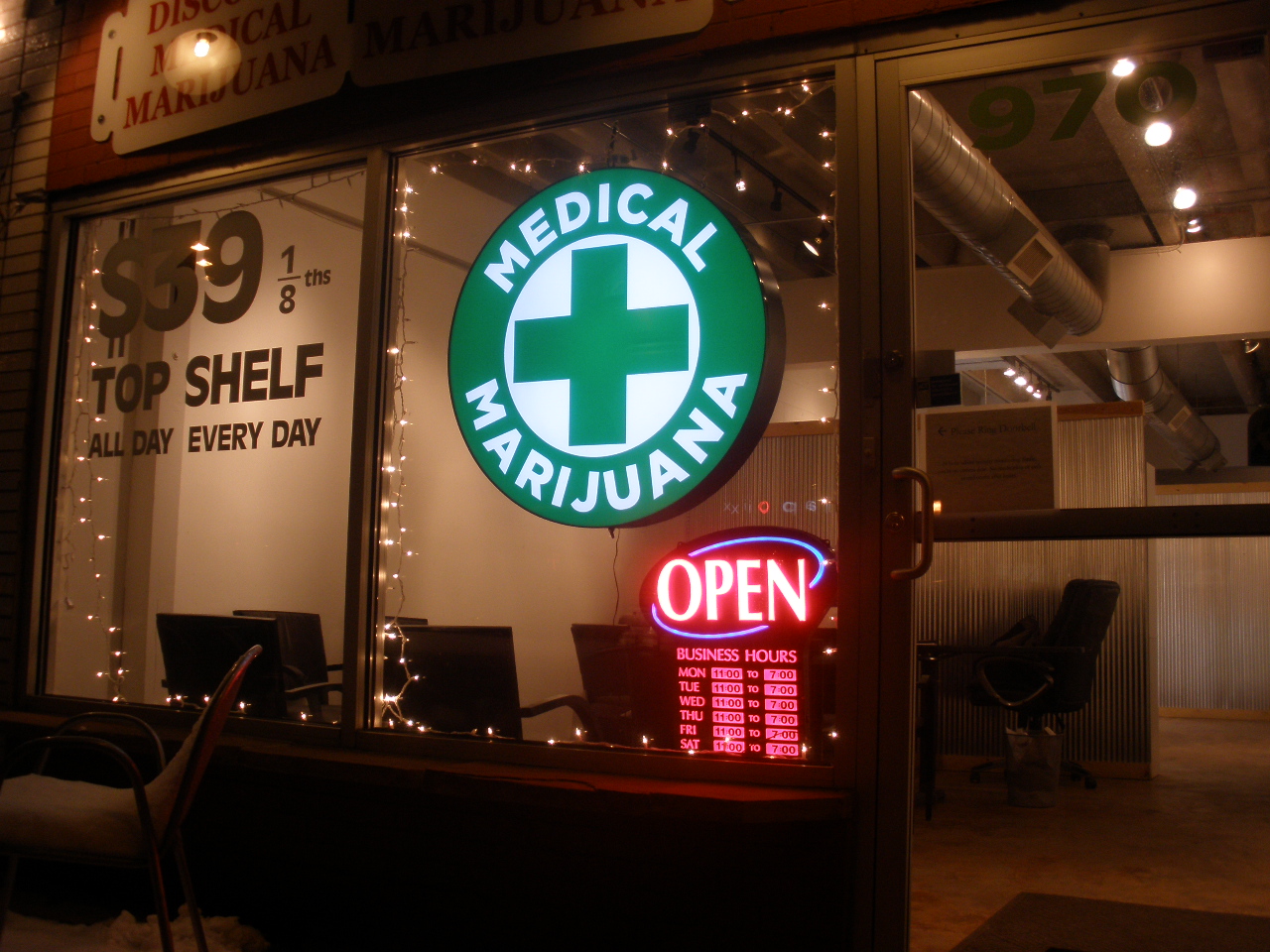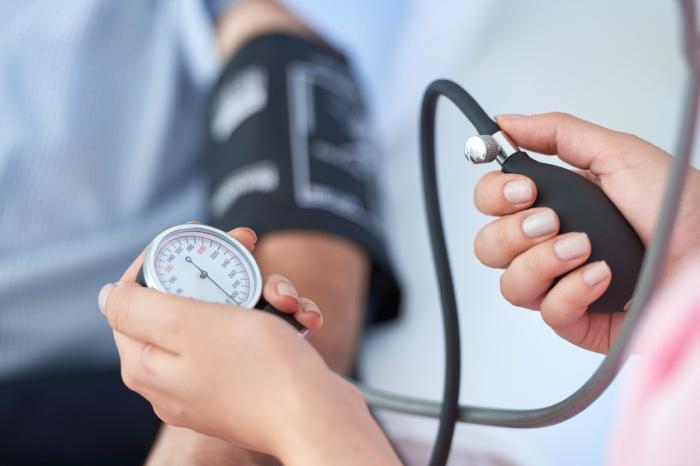5 Common CPR Myths Debunked: What You Need to Know Before Training

Cardiopulmonary resuscitation (CPR) is a critical life-saving skill that can make all the difference in an emergency situation. However, there are several misconceptions surrounding CPR that can lead to confusion or even ineffective response during emergencies. To ensure you’re equipped with accurate information, let’s debunk five common CPR myths.
Essential safety training through first aid courses is paramount for preparedness. Acquire life-saving skills and knowledge to respond confidently in emergencies. Prioritize safety in your personal and professional life.
Myth 1: CPR Is Only Necessary for Heart Attacks
Reality: One of the most prevalent myths about CPR is that it’s solely required for heart attack victims. While CPR is indeed crucial for individuals experiencing cardiac arrest, it’s not limited to heart-related emergencies. CPR is equally essential for anyone who has stopped breathing or whose heart has stopped beating, regardless of the cause. This could include drowning, suffocation, or trauma-induced incidents. By administering CPR promptly, you can help maintain blood flow and oxygen circulation to vital organs, significantly increasing the chances of survival.
Myth 2: CPR Alone Can Restart the Heart
Reality: Contrary to popular belief, CPR does not restart a stopped heart. Its primary goal is to keep blood flowing through the body until professional medical help arrives. CPR involves chest compressions to manually pump blood and rescue breaths to supply oxygen to the lungs. While these actions can buy time and sustain life, they do not miraculously revive a heart that has stopped beating. Defibrillation, administered by medical professionals using specialized equipment, is typically required to restore a normal heart rhythm.
Myth 3: Mouth-to-Mouth Resuscitation Is Always Necessary
Reality: Another common misconception is that mouth-to-mouth resuscitation is a mandatory component of CPR. In reality, hands-only CPR, which involves only chest compressions, can be just as effective in certain situations. Hands-only CPR is recommended for untrained individuals or those uncomfortable with mouth-to-mouth resuscitation. The key is to initiate CPR promptly and maintain a steady rhythm of chest compressions until professional help arrives.
Myth 4: CPR Can Cause More Harm Than Good
Reality: Some people hesitate to perform CPR due to fears of causing harm, such as breaking ribs or exacerbating injuries. While it’s true that CPR can result in rib fractures, particularly in elderly individuals or those with fragile bones, the benefits far outweigh the risks. Without CPR, the chances of survival decrease significantly. Remember, any potential injury caused by CPR can heal, but the consequences of delayed or absent CPR can be irreversible.
Myth 5: CPR Is Only Effective if Administered by Professionals
Reality: While CPR administered by trained professionals is undoubtedly optimal, bystander CPR can be equally life-saving. In fact, immediate CPR provided by bystanders can double or even triple the chances of survival for someone experiencing cardiac arrest. Basic CPR skills are simple to learn and can be invaluable in emergencies. By taking a CPR training course, you can gain the confidence and knowledge needed to respond effectively in critical situations.
In conclusion, understanding the facts versus the myths surrounding CPR is essential for everyone. By debunking these common misconceptions, we empower ourselves to act decisively and potentially save lives when faced with emergencies. Remember, timely intervention with CPR can be the difference between life and death. So, equip yourself with accurate knowledge and consider undergoing CPR training to be prepared for any situation that may arise.



